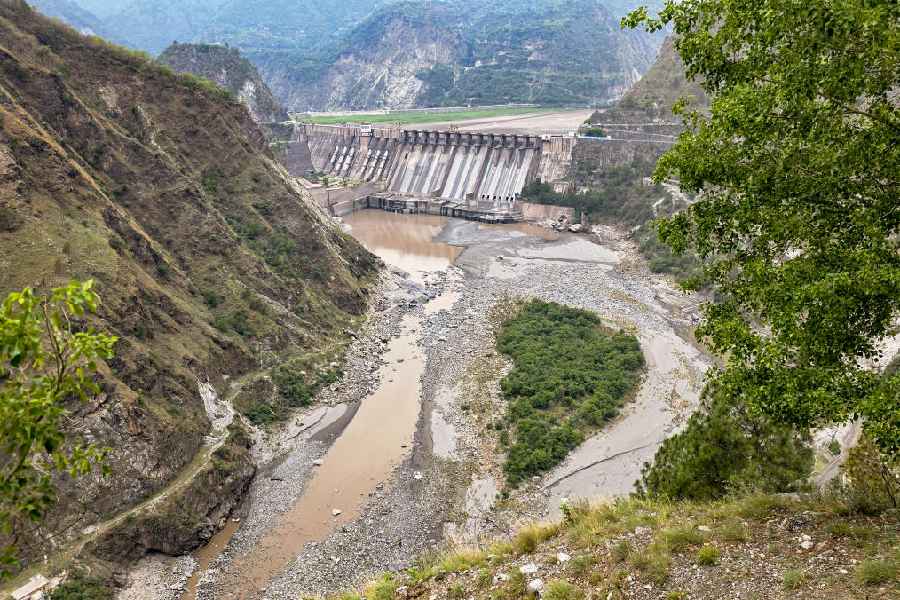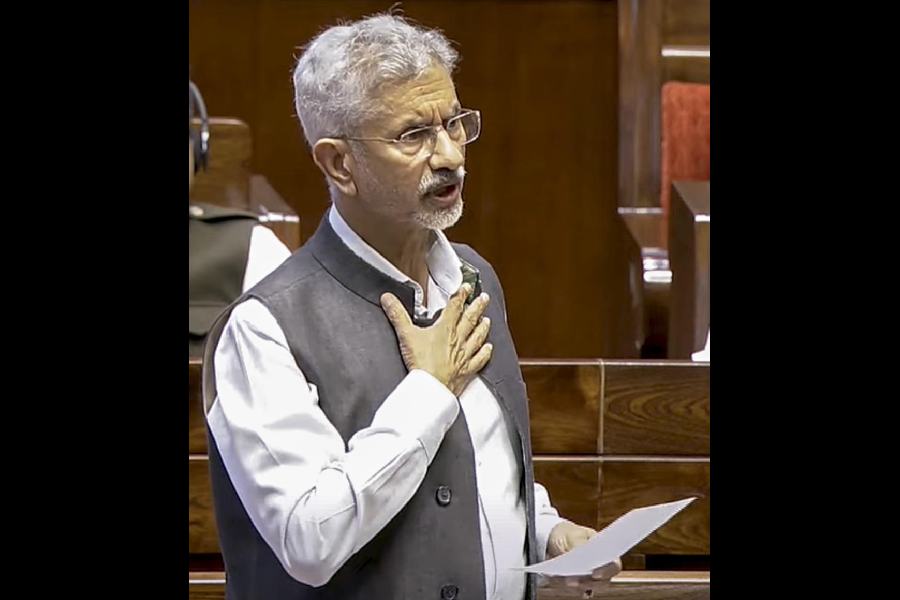Pakistan is considering a Rs 220 billion Chenab Dam on the Indus River to neutralise India’s advantage after New Delhi suspended the water treaty with Islamabad as a response to the terror attack in Pahalgam that killed 26 people in April.
While that Chenab dam project would provide a long-term buffer, it is years away from completion, reported Dawn on Tuesday. Till then, experts have advocated for real-time telemetry systems, more adaptive water allocations and greater inter-agency coordination to deal with sudden flow variations.
Islamabad’s attention has turned to the Chenab River — one of the three western rivers governed under the 1960 Indus Waters Treaty (IWT) — after recent disruptions in the river’s flow, which is seen as further evidence of India’s alleged water aggression.
On May 31, gauges on the Chenab recorded a sharp dip in river flow at the Marala Barrage in Pakistan.
Similar fluctuations were reported at the end of April, prompting speculation whether India has manipulated Pakistan’s water supply, reported Dawn.
The concern stemmed from the fact that while Pakistan has large buffer dams on the Indus and Jhelum (Tarbela and Mangla), no such reservoir exists on the Chenab to cushion sudden changes in flow.
India operates three dams upstream on the Chenab — Baglihar, Salal and Dulhasti — all of which fall within the treaty’s stipulated limits.
Islamabad claimed the drawdown witnessed on May 31 and June 1 followed a spike in flow on May 29 and 30, which they attributed to upstream reservoir flushing by Indian authorities. The water flow reportedly normalised from June 2 onwards.
The disruption was not in volume but in timing, caused by India releasing and then refilling its reservoirs, according to the report.
The total quantity of water delivered to Pakistan over the five-day period remained unchanged, but the sudden shift in flow patterns triggered renewed calls in Islamabad for more robust water management.
Pakistan’s Indus River System Authority (Irsa) claims it responded to the May 31 disruption by releasing water from the Mangla Dam to maintain irrigation supply.
The approach, as laid out by experts and officials, now hinges on detection of disruptions and agile response through flexible canal management.
Even the traditional warabandi system — a rotational water distribution practice followed on both sides of the border — can be adjusted to offset temporary shortages.
A “floating start” to the 10-day rotation would ensure farmers still receive their allotted share of water over a cycle, even if the schedule is interrupted.
Pakistan’s strategies rest not on the idea that India has the power to cut off its water, but on the belief that such fluctuations can be weaponised for domestic optics.
The analysis suggests these disruptions, while having limited impact on actual irrigation outcomes, serve a psychological purpose in India’s domestic discourse.
Under Schedule E of the IWT, India is permitted to conduct sediment flushing, provided it notifies Pakistan in advance and conducts the activity during high-flow seasons.
While this was reportedly the practice in earlier years, India has recently begun deviating from these norms, according to the report.
Even as Islamabad calls for adherence to the treaty provisions, it’s currently focused on showcasing internal readiness.
By strengthening its flow monitoring systems, deploying adaptive irrigation policies and maintaining diplomatic pressure, Pakistan believes it can withstand and respond to any future drawdowns.
Proactive domestic planning is Islamabad’s answer to India’s hydraulic manoeuvres.











